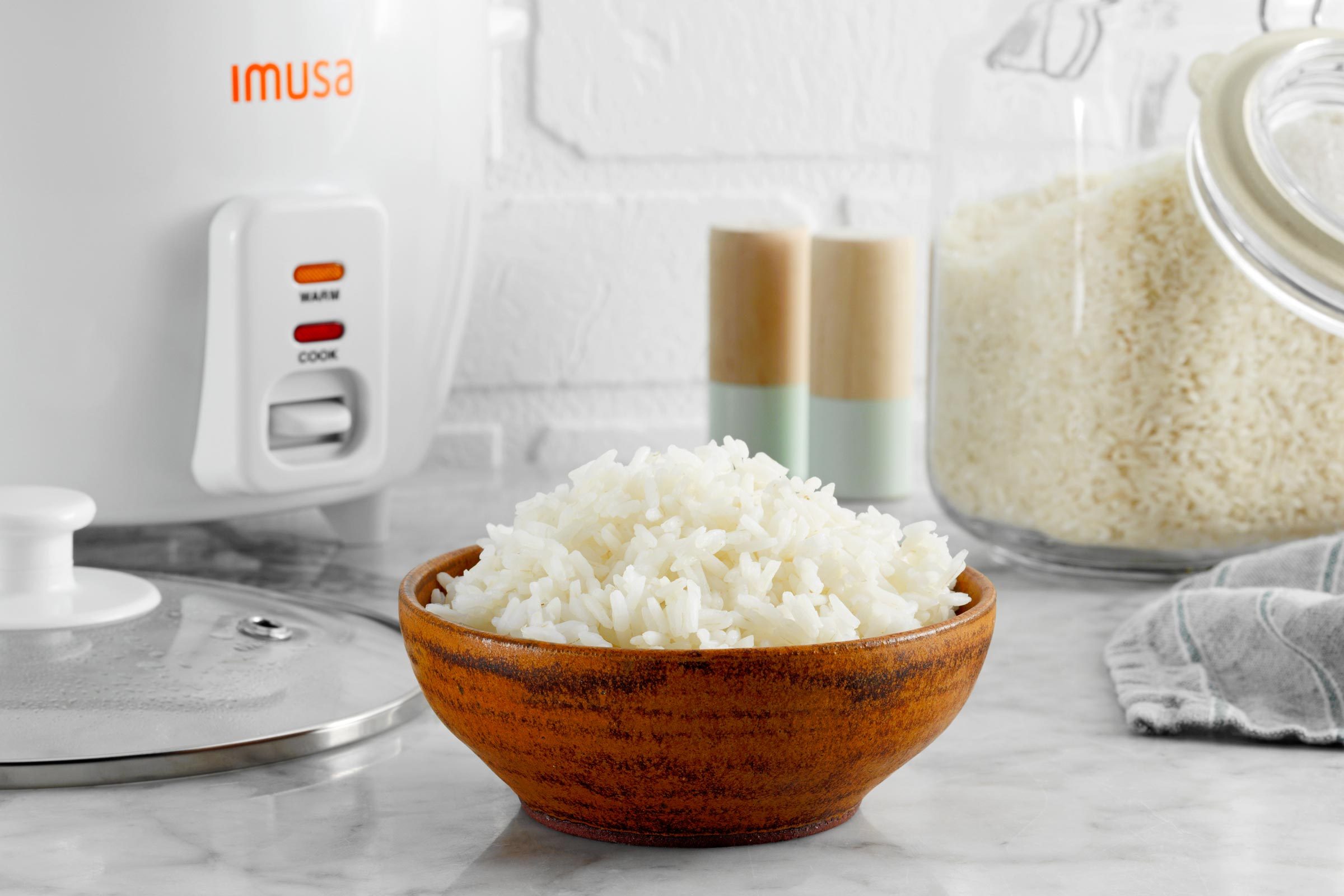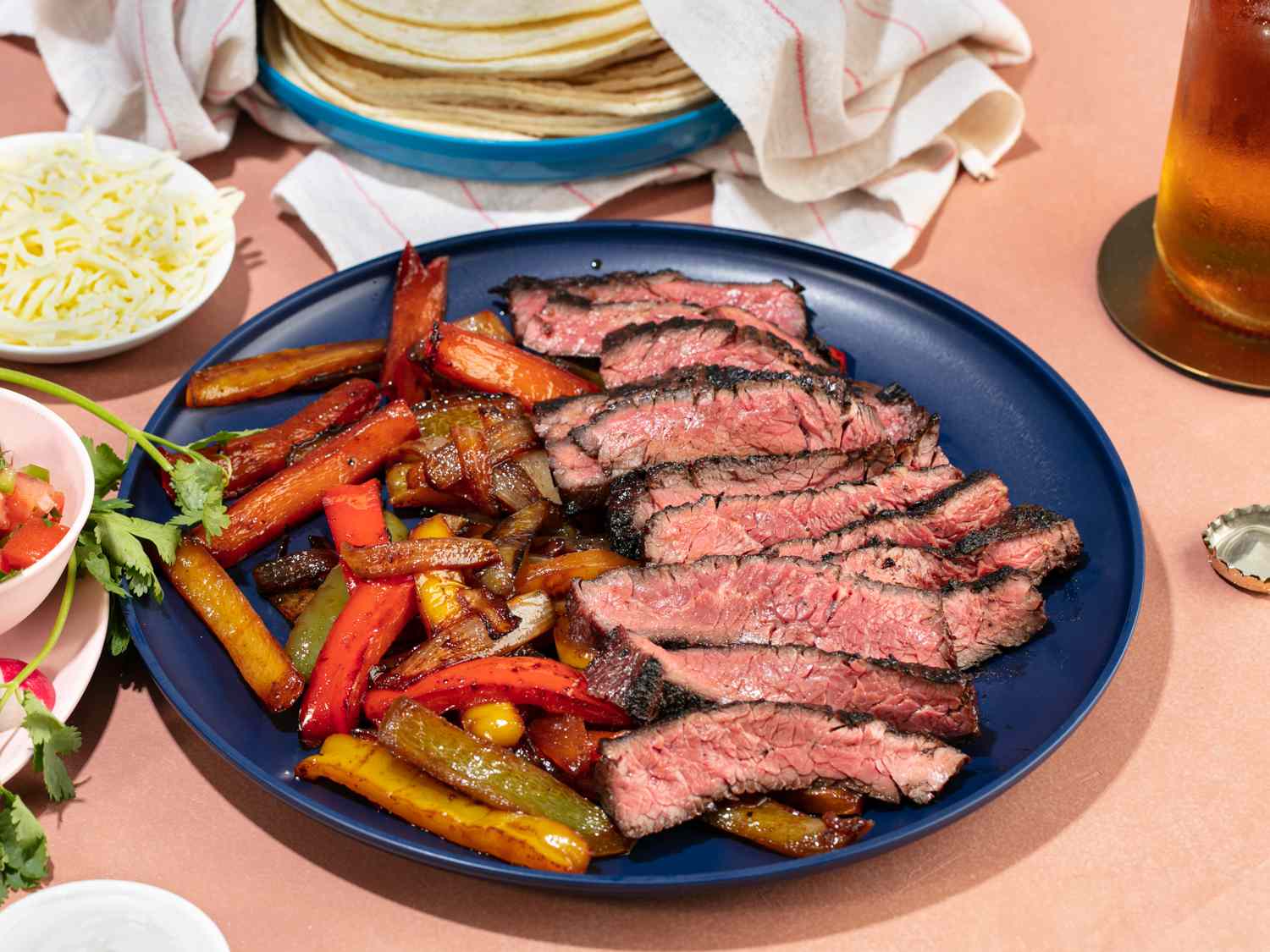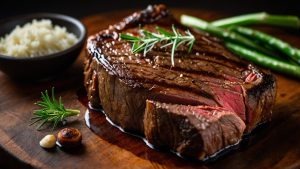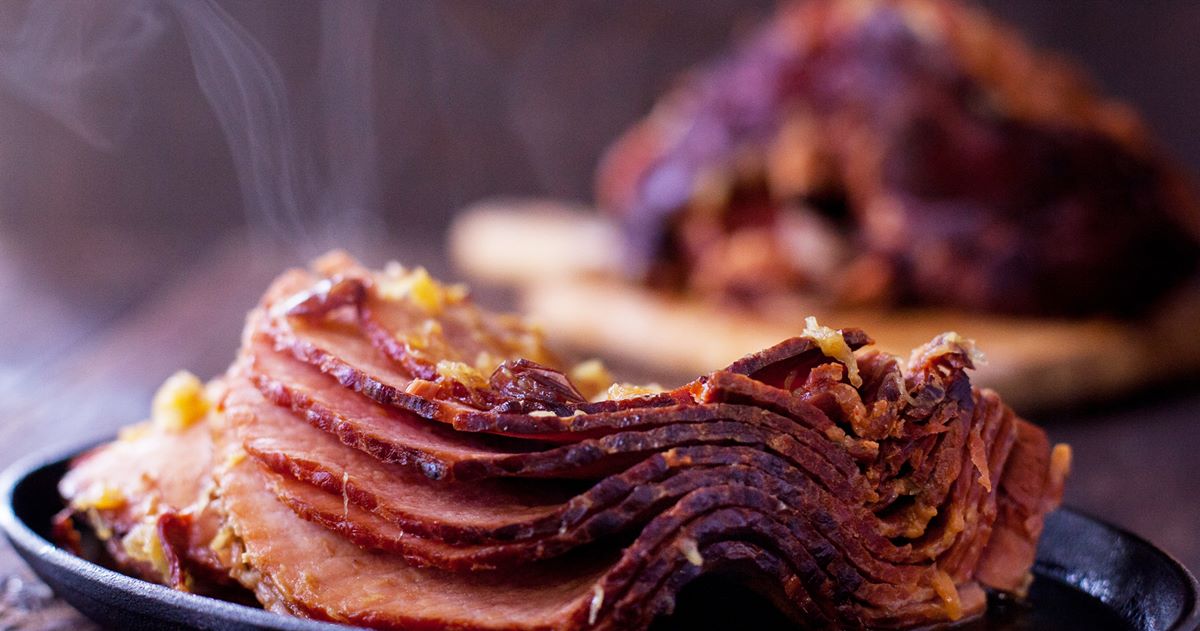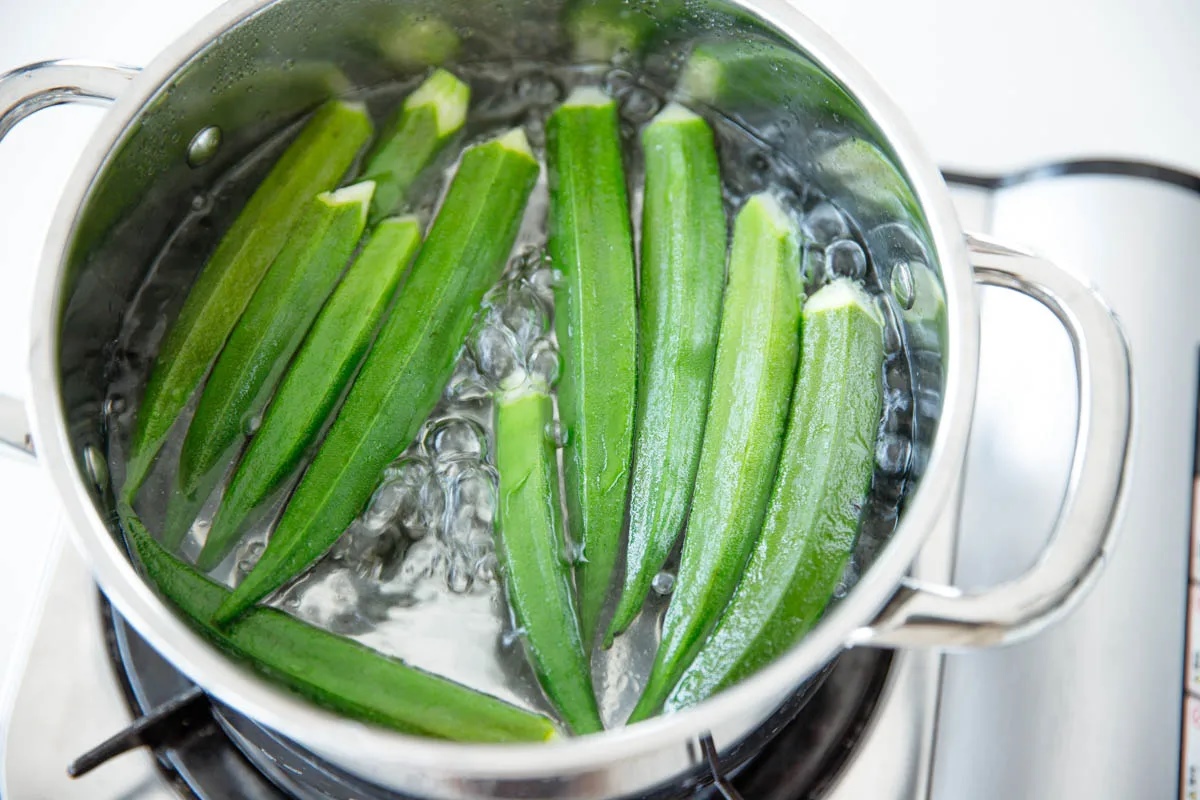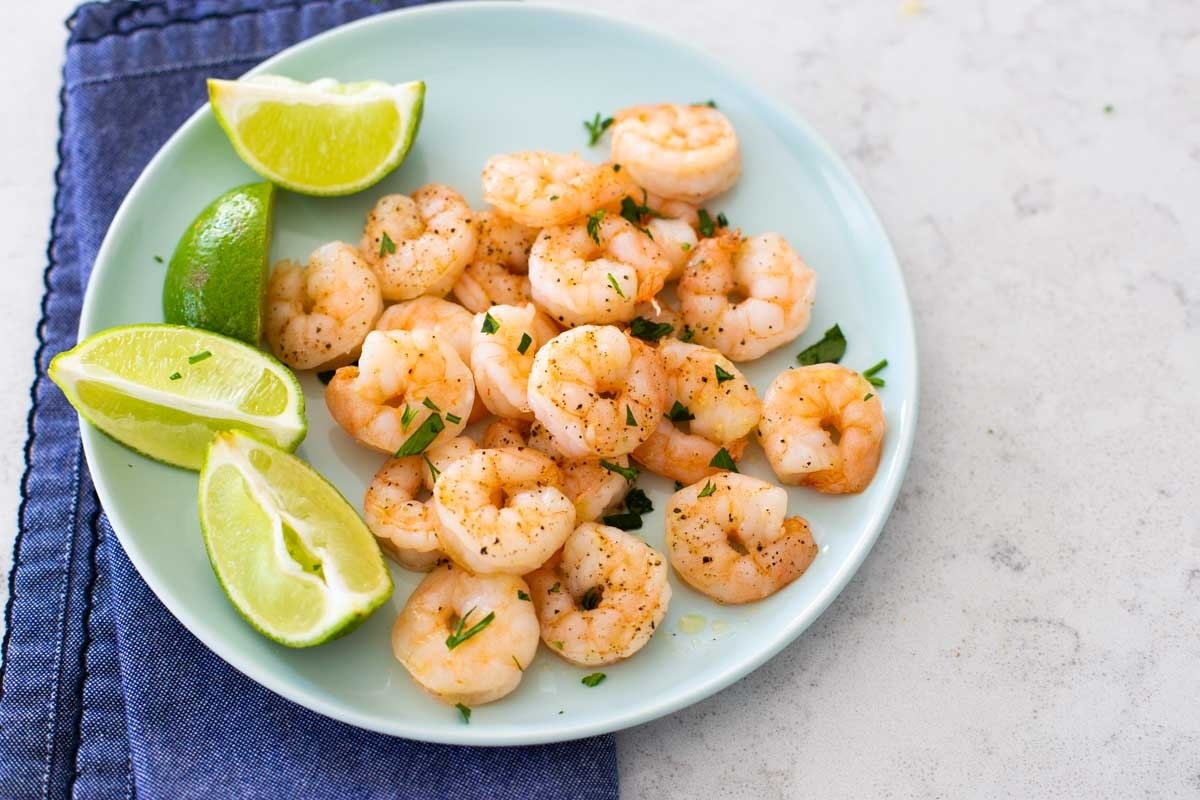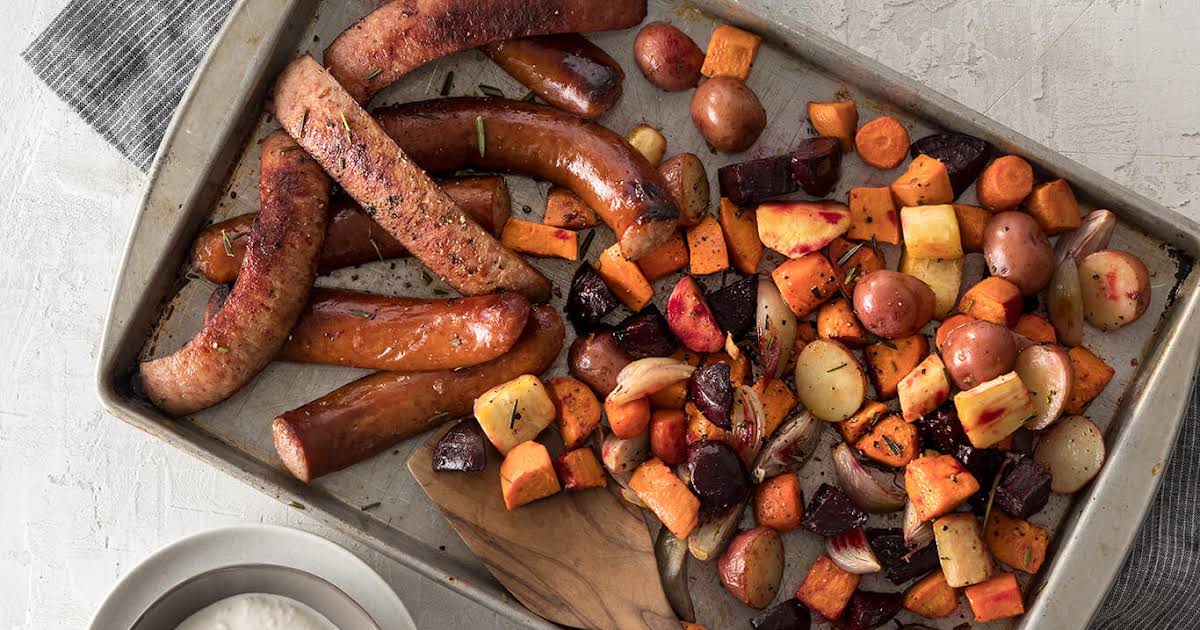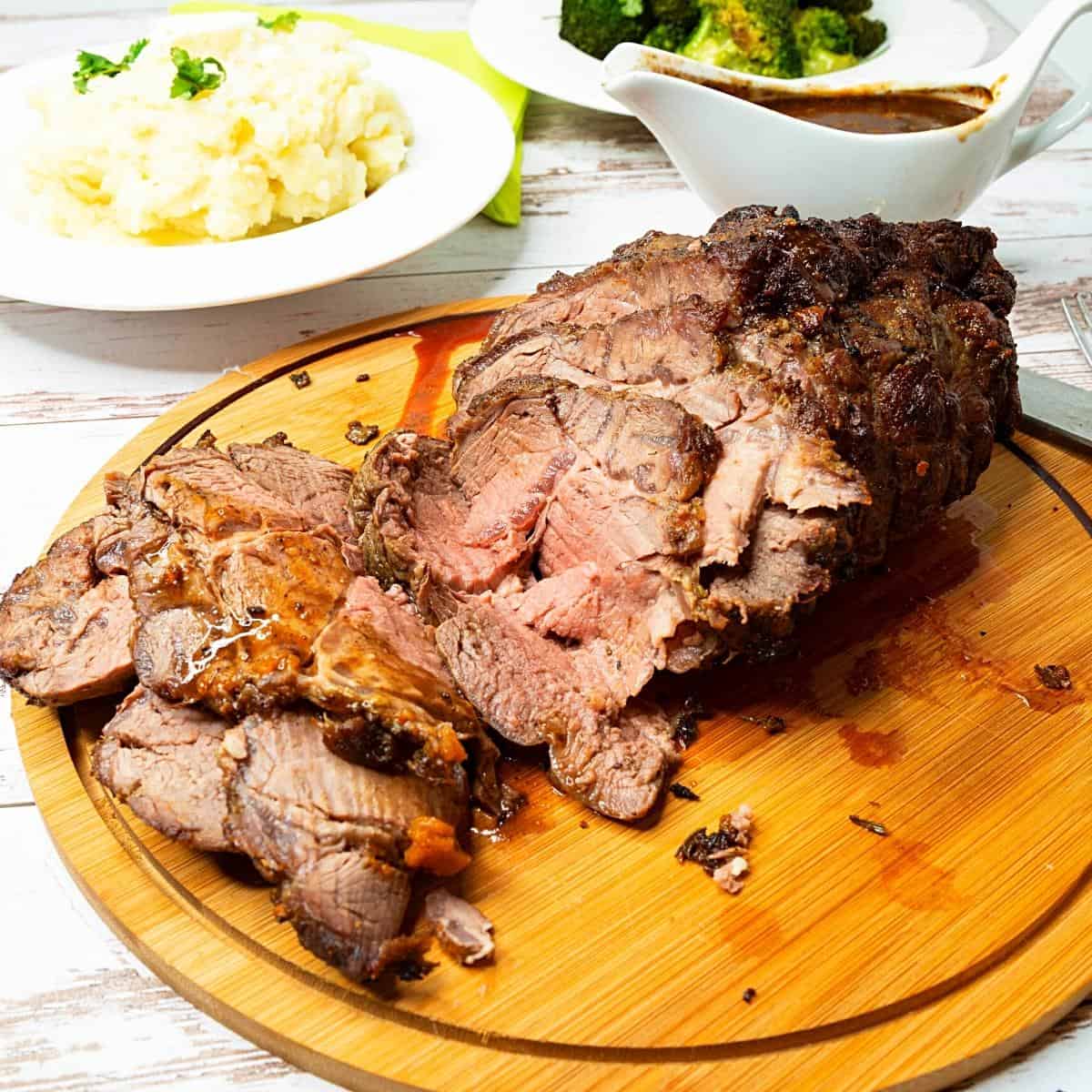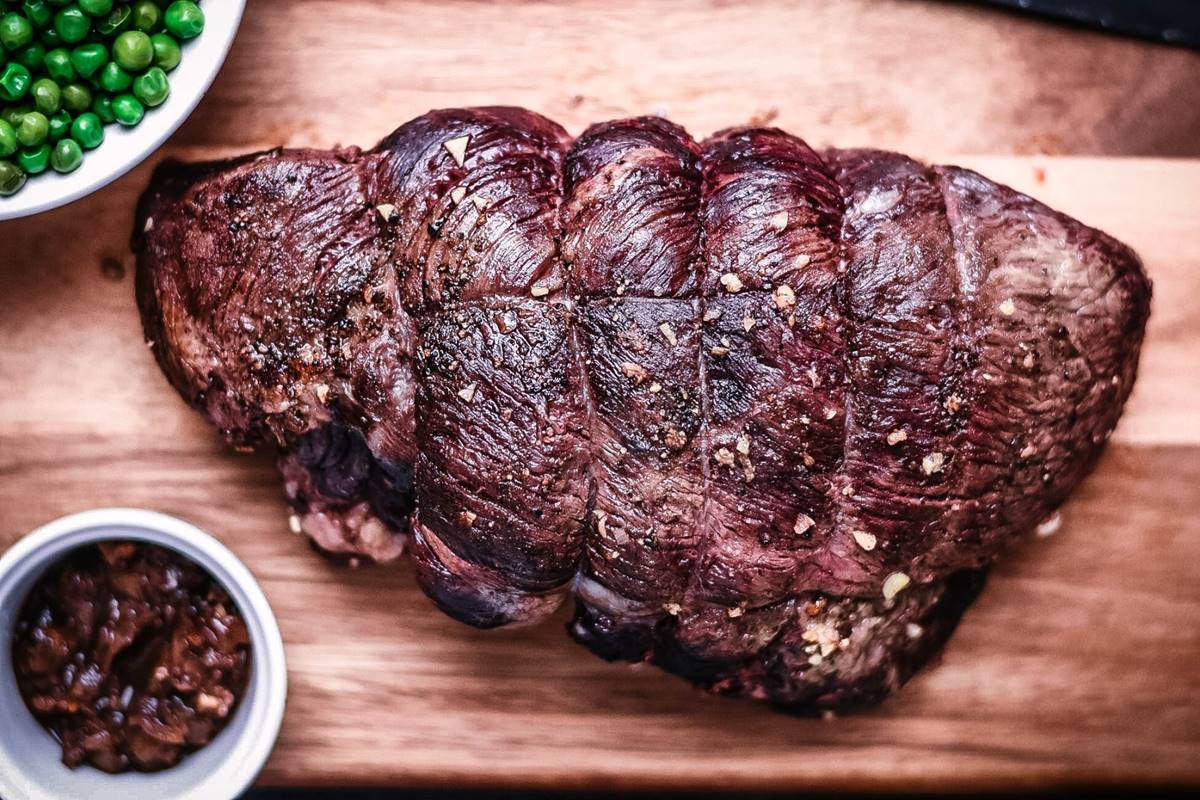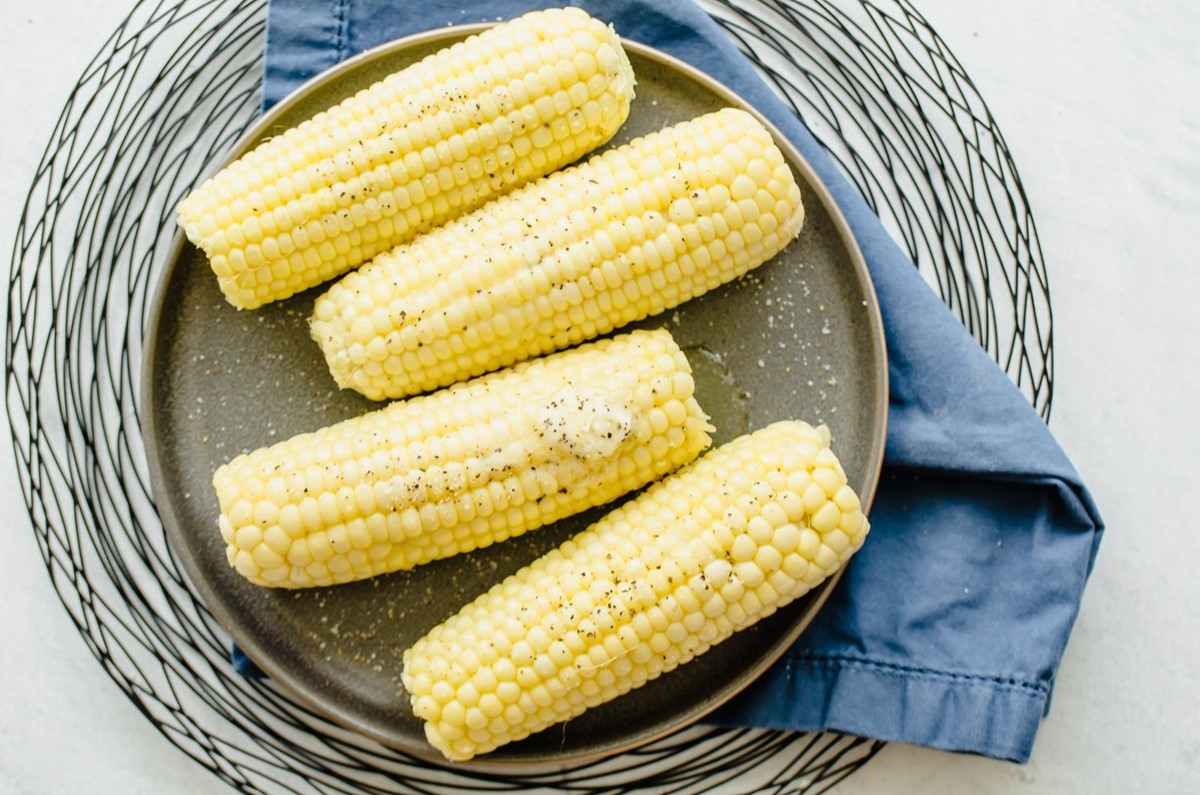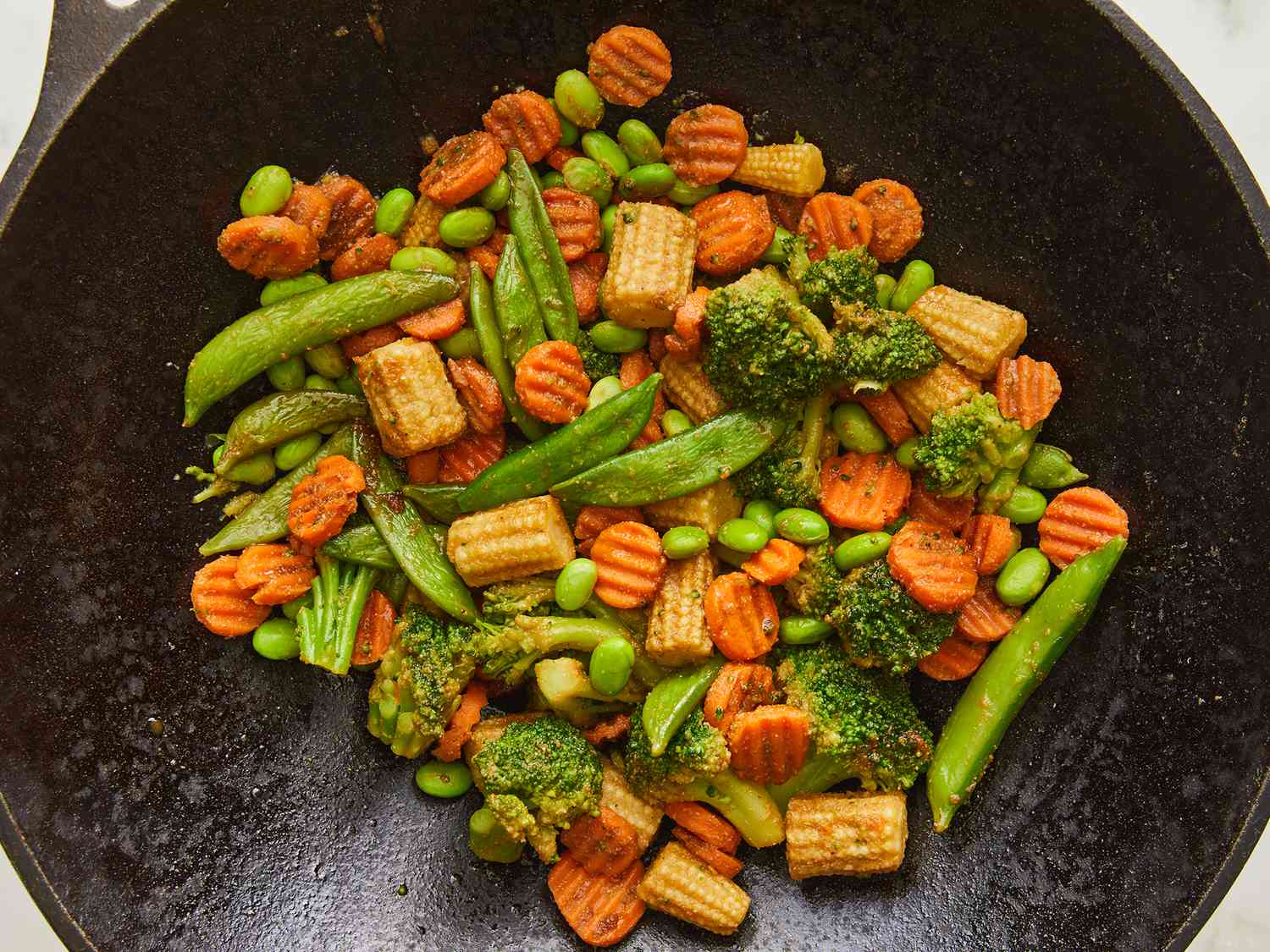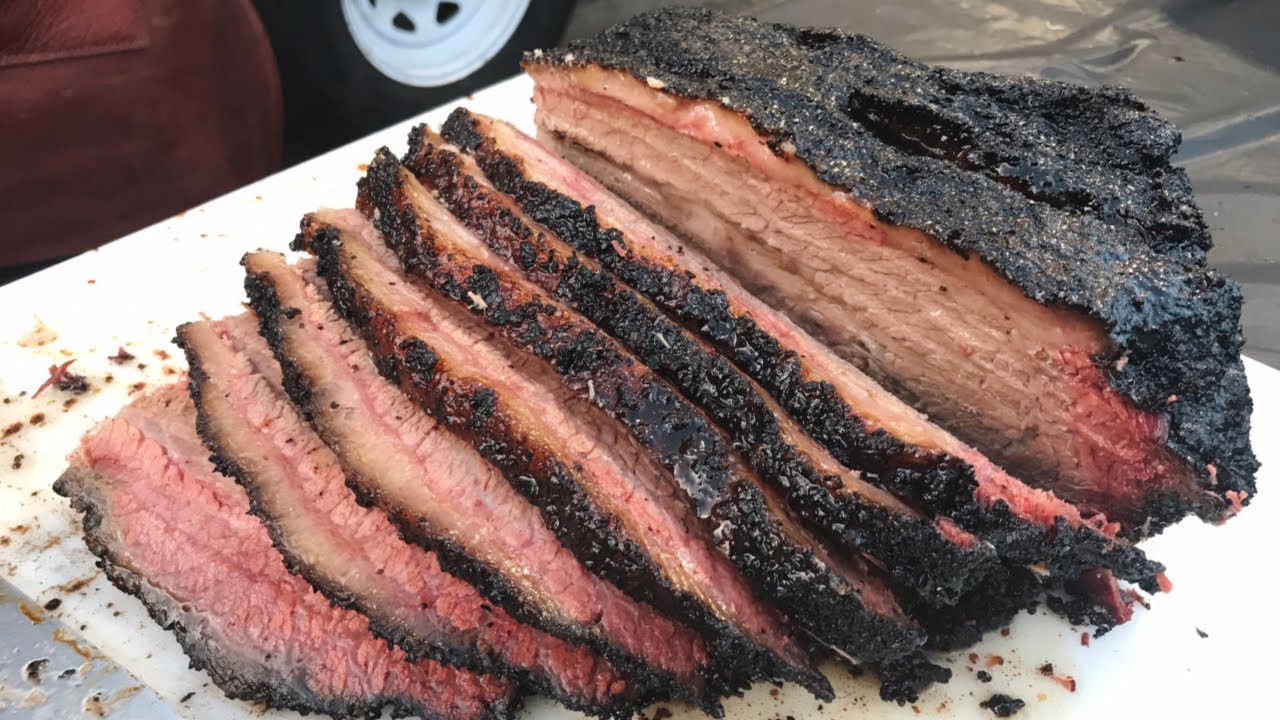Cooking a raw bone-in ham might seem intimidating at first, but it's actually a straightforward process that can yield delicious results. This type of ham, with the bone left in, tends to have more flavor and a juicier texture compared to its boneless counterpart. Whether you're preparing a festive meal for the holidays or simply looking to make a hearty dinner for your family, mastering the art of cooking bone-in ham will definitely come in handy. In this guide, we'll walk through the essential steps, from selecting the perfect ham to the final touches that will make your dish stand out.
Essential Ingredients for Your Bone-In Ham Feast
- 8-10 lb raw bone-in ham
- 1/4 cup whole cloves
- 1/2 cup dark brown sugar
- 1 cup honey
- 1/2 cup Dijon mustard
- 1 cup pineapple juice
- 2 tablespoons apple cider vinegar
Must-Have Tools for Cooking Bone-In Ham
- Large Roasting Pan: Essential for accommodating the size and weight of a bone-in ham, ensuring even cooking.
- Meat Thermometer: Critical for checking the internal temperature, guaranteeing the ham is cooked perfectly.
- Aluminum Foil: Used to cover the ham during part of the cooking process to prevent excessive browning and retain moisture.
- Sharp Knife: Needed for scoring the ham's surface, which allows flavors to penetrate more deeply.
- Basting Brush: Useful for applying glaze or juices over the ham, enhancing flavor and moisture.
- Cutting Board: Provides a stable surface for slicing the ham before or after cooking.
- Oven Mitts: Protect hands from heat when handling the roasting pan or foil.
- Carving Set: A sharp carving knife and fork are essential for slicing the ham into serving pieces.
- Serving Platter: Large enough to present and serve the cooked ham.
- Mixing Bowl: For preparing glazes or marinades if making from scratch.
Cooking raw bone-in ham requires patience. Start by preheating your oven to 325°F. Score the skin, season generously, and bake for about 20 minutes per pound until it reaches 145°F internally.
The Importance of Cooking Bone-In Ham
Cooking a raw bone-in ham transforms it into a succulent feast, infusing flavors deeply into the meat. This process not only enhances taste but also ensures the ham retains its moisture, making every bite tender and delicious.
Choosing to cook raw bone-in ham at home allows for customization of flavors, enabling chefs to experiment with various herbs and spices. This personal touch turns a simple meal into a memorable dining experience, showcasing culinary skills and creativity.
Your Ultimate Guide to Cooking Bone-In Ham
Cooking a Raw Bone-In Ham
-
Preheat Oven: Set your oven to 325°F. This temperature ensures your ham cooks through without drying out.
-
Prepare Ham: Remove packaging and any plastic bones. Place ham in a roasting pan, cut side down. This position helps retain moisture during cooking.
-
Score Ham: With a sharp knife, make diagonal cuts across the ham's surface, creating a diamond pattern. Scoring allows for better penetration of flavors.
-
Add Flavorings (Optional): Insert cloves into the scored intersections for added flavor. Alternatively, you can rub the ham with a mixture of your favorite spices.
-
Cover with Foil: Tightly wrap the ham in aluminum foil. This step is crucial for keeping the ham moist while it cooks.
-
Bake: Place the covered ham in the preheated oven. Bake time depends on the ham's weight, typically about 15-20 minutes per pound.
-
Check Internal Temperature: About 30 minutes before the estimated end of cooking time, carefully remove the ham from the oven and unwrap the foil. Insert a meat thermometer into the thickest part of the ham, avoiding the bone. The ham is ready when it reaches an internal temperature of 145°F.
-
Glaze (Optional): If using a glaze, apply it over the ham during the last 20 minutes of cooking. Increase oven temperature to 425°F for a caramelized finish.
-
Rest Before Serving: Once cooked, let the ham rest for 10-15 minutes before slicing. This resting period allows juices to redistribute, ensuring the meat is moist and flavorful.
-
Serve: Slice the ham against the grain for the most tender cuts. Serve warm or at room temperature.
Tips:
- Basting: Occasionally basting the ham with its juices can add more flavor and prevent drying.
- Leftovers: Store any leftovers in the refrigerator, tightly covered, for up to 5 days.
Mastering the Art of Ham Preparation
Cooking a raw bone-in ham isn't just about following steps; it's about embarking on a culinary adventure that ends with a delicious, succulent masterpiece at your dinner table. Remember, patience and attention to detail are your best friends in this process. From selecting the right ham to scoring and glazing, each step adds layers of flavor and texture. Don't forget to let the ham rest before carving to ensure all those juicy flavors stay locked in. Whether you're a seasoned chef or a kitchen newbie, mastering this dish will surely impress your guests and satisfy your taste buds. So, go ahead, give it a try, and watch as your kitchen fills with the aroma of perfectly cooked ham, signaling a feast that'll be remembered for years to come.
For anyone looking to experiment with cooking a raw bone-in ham, this guide offers a variety of recipes to suit different tastes. They can try their hand at the Classic Honey-Glazed Bone-In Ham for a timeless favorite that never disappoints. If they prefer a fruity twist, the Pineapple and Brown Sugar Bone-In Ham or Apricot-Glazed Bone-In Ham might be appealing. For those who enjoy a bit of a kick, the Honey and Sriracha Glazed Bone-In Ham provides a sweet and spicy combination. The Garlic and Herb Roasted Bone-In Ham is perfect for those who appreciate savory and aromatic flavors. Each recipe provides a unique way to bring out the best in a raw bone-in ham, making it a versatile choice for any occasion.
All Your Questions About Bone-In Ham Answered
What's the best way to prepare a raw bone-in ham before cooking?
First off, you'll want to score the skin. This means making shallow cuts in a diamond pattern across the fat layer. Doing so not only makes your ham look pretty but also helps the fat render and allows seasonings to penetrate deeper. Next, let it sit at room temperature for about an hour before it hits the oven. This step helps it cook more evenly.
How long does it take to cook a raw bone-in ham?
Cooking time depends on the size of your ham. Generally, you're looking at about 18-20 minutes per pound in a 325°F (165°C) oven. But here's the kicker: always use a meat thermometer to check for doneness. You're aiming for an internal temperature of 145°F (63°C).
Should I cover my ham while it cooks?
For the first part of cooking, keep it uncovered. This allows the skin to crisp up nicely. However, if you notice it's getting too browned, tent it with aluminum foil to prevent burning. This way, you get that perfect golden exterior without drying it out.
What are some seasoning or glaze options for ham?
Oh, you've got options! For a classic flavor, mix brown sugar and mustard to create a sweet and tangy glaze. Want something more unique? Try a mix of maple syrup, orange juice, and cloves. Brush your glaze over the ham during the last 30 minutes of cooking for a flavor-packed crust.
Can I baste my ham while it cooks?
Absolutely, and you should! Basting with its own juices keeps the ham moist and adds layers of flavor. Every 20 minutes or so, spoon the pan drippings over the ham. If it's looking dry, don't hesitate to add a bit of water or stock to the pan to keep those juices flowing.
What's the best way to serve a cooked ham?
Let your ham rest for about 15 minutes after taking it out of the oven. This lets the juices redistribute, making sure every slice is succulent. Slice it up against the grain for the most tender eating experience. Serve it with side dishes that complement its richness, like roasted vegetables, mashed potatoes, or a fresh salad.
How do I store leftover ham?
Wrap your leftovers tightly in plastic wrap or aluminum foil, or place them in an airtight container. Refrigerated, they'll keep for 3-4 days. For longer storage, freeze your ham slices in freezer bags for up to 4 months. Remember to label them with the date so you know when to use them by.
Was this page helpful?
Read Next: How To Cook Quaker Old Fashioned Oats
